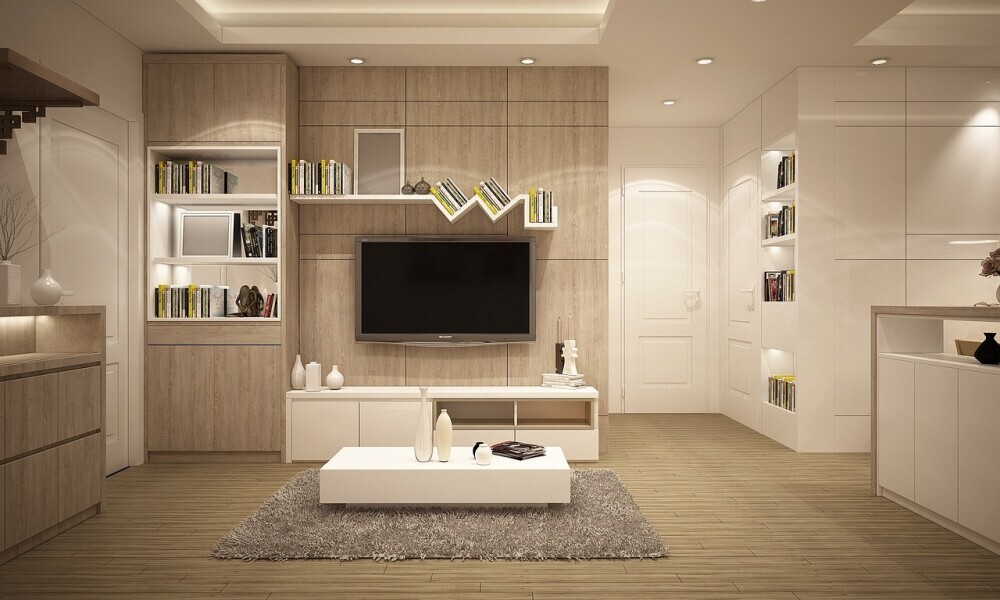
When I think about energy efficiency, it’s all about making the most of what we have without wasting valuable resources. Energy efficiency isn’t just a buzzword; it’s a practical approach to reduce unnecessary consumption and lower those pesky bills. But what does it actually mean when it comes to our homes?
Let’s start by figuring out the common energy hogs we deal with daily. Irregular insulation, outdated appliances, and everyday habits can silently tiptoe into our energy bills, making them higher than they need to be. Identifying these culprits is the first step in taking control of your energy usage.
Now, why should anyone bother with energy efficiency? Well, besides saving a good chunk of change on bills, it’s about comfort and playing a part in something bigger. Reducing energy waste helps the environment by cutting down on pollution and conserving natural resources, making life a bit more sustainable.
Figuring out your home’s current energy consumption can feel like detective work. Taking the time to monitor your usage patterns—whether it’s by checking daily electricity usage or seeing how the heating system performs—can offer valuable insights. You might be surprised to find how much energy is being lost through simple oversights.
In essence, getting to grips with energy efficiency not only empowers you to manage expenses better but also sets the stage for adopting more efficient practices and technologies in your home. It’s like turning on a light in a dark room, helping you see where improvements can be made.
Smart Solutions for Heating and Cooling
Heating and cooling, they can be tricky when it comes to managing energy costs. The good news is, there are plenty of ways to tackle this issue without compromising comfort.
First up, insulation. Think of it as the sweater for your house. Proper insulation keeps the warm air in during winter and out during summer. It helps your heating or cooling systems work more efficiently, which is both environmentally friendly and wallet-friendly. Checking your attic, walls, and even the basement for gaps that let air escape could save a bundle.
Those programmable thermostats? They’re a bit like having a smart assistant for your home temperature. They adjust the heating and cooling based on when people are actually home rather than keeping an empty house toasty or chilled all day.
Upgrading to energy-efficient HVAC systems might sound like a hefty investment. But the truth is, these systems use less energy, run quieter, and often last longer than their older counterparts. It’s about long-term savings and greater comfort.
Seasonal strategies can also help. For instance, using heavy curtains in winter to keep warmth in and light fabrics in summer to let cool breezes flow. Knowing which windows to open or close based on the sun’s position can make a noticeable difference.
Getting smart with heating and cooling doesn’t mean big sacrifices. It’s about small tweaks and thoughtful upgrades that add up to significant savings over time. Making these changes will not only enhance comfort but will also set your home on the path to being more energy-savvy.
Harnessing Renewable Energy
Switching to renewable energy sources for homes isn’t just about going green; it’s a savvy way to cut long-term energy costs while being kinder to the planet. Solar panels have become more accessible and affordable than ever before. Setting these up can seem like a big leap, but they can significantly reduce your electricity bills and sometimes even eliminate them altogether. Plus, any surplus energy produced often gets credited back to your bill, which is a nice little bonus.
Wind energy, although less common for individual homes, can also be a game-changer, especially if you live in a windy area. Small wind turbines are perfect for generating extra power, reducing dependency on the grid.
Don’t forget geothermal energy. Basically, it’s using the earth’s consistent temperature to heat and cool your home. It involves a system of pipes buried underground that circulate fluid to help moderate temperatures indoors. Geothermal setups can be more expensive initially, but they pay off with lower utility bills and less maintenance in the long run.
Many programs and tax incentives exist to make the switch to renewable energy smoother and more affordable. Tax credits, rebates, and even specific low-interest loans can alleviate the initial financial burden.
Embracing these technologies might take some upfront planning, but the long-term savings and eco-friendly benefits make it a smart choice for anyone looking to modernize their home energy setup. With innovation pushing forward, renewable energy only gets easier and more enticing to integrate into everyday life.
Everyday Practices for Energy Savings
Sometimes, saving on energy is about small changes that make a big impact over time. Have you thought about those everyday habits that might be sipping away more energy than you realize? For a start, switching off appliances when they’re not in use can be a game-changer. TVs, computers, and kitchen gadgets on standby mode still consume power.
Swapping out traditional bulbs for energy-efficient lighting solutions like LEDs can add up to significant savings. LEDs use less electricity and last longer, so you’re not just saving money but also reducing waste from frequent replacements.
And let’s talk about water usage briefly. Installing low-flow fixtures can significantly cut down on water heating costs. Simple things like taking shorter showers or filling the dishwasher to capacity before running it help conserve a surprising amount of energy and water.
Consider investing in smart appliances. These nifty devices not only improve convenience but also help monitor and manage energy usage automatically. Appliances that alert you to energy hogs or adjust based on peak usage times can prevent bill shock at the end of the month.
These small tweaks in your daily routine and simple upgrades in your home can really add up. Not only do they help lower bills, but they also make a substantial dent in overall energy consumption, leading to a more sustainable lifestyle.
Navigating Energy-Saving Technologies
Smart home systems are like having a personal assistant dedicated to managing your energy usage. From controlling lighting and heating remotely to scheduling when appliances operate, these systems make it easier to reduce wastage without even thinking about it.
Home energy monitoring devices provide a detailed view of how energy is being used throughout the house. Seeing the spikes and dips in usage helps pinpoint exactly where changes can be made, often revealing patterns that you might not notice otherwise.
Energy storage options, like home batteries, are becoming more commonplace. They store excess energy—say, from solar panels—so that it’s available when you need it, like during a power outage or at peak energy usage times.
Looking ahead, the trends in household energy technology are evolving fast. The development of more efficient smart grids, advancements in AI for home energy management, and improving battery technologies suggest an exciting future for energy savings at home.
Setting up your space with these technologies might require some initial learning, but once you get the hang of it, the savings and control over your home environment will likely be well worth the effort. Embracing these tools means stepping into a smarter, more energy-conscious future.

Hi there. Thanks for you article which gives advice on how to save money on your energy bills. Unfortunately, with solar in Australia the government is about to introduce a tax on when you put energy into the grid and people are no longer earning what they used to from supplying power to the grid. I think battery storage is the go. Simple things like maintaining your appliances can make a difference. We recently gave our clothes dryer, we live in an apartment and don’t have a clothes line, a good clean. Particularly the filters and it runs so much better, drying in a much shorter time. Obviously saving power. Most air-conditioning systems have a mode that takes the humidity out of the air without running on a cooling mode. It works a treat and cools the house down. On the remote its symbol is a water droplet. I hope these tips help.
Yes, that’s quite unfortunate. Here in the U.S., it’s pretty clear we’re heading in the same direction. But yes, battery storage is a great way to go. Thanks for stopping by and sharing your thoughts!
Mark
This piece shares some handy tips for boosting energy efficiency in your home. It covers everything from enhancing insulation and setting up programmable thermostats to going green with solar panels. Not only do these upgrades help you save some cash, but they also lessen your impact on the planet. Even simple tweaks, like switching off devices when not in use or utilizing smart home tech, can significantly cut down on energy use and promote sustainability.
What have you done or thought about doing to make your home more energy-efficient?
Glad you enjoyed the read! Thanks for dropping by and sharing your thoughts!
Mark